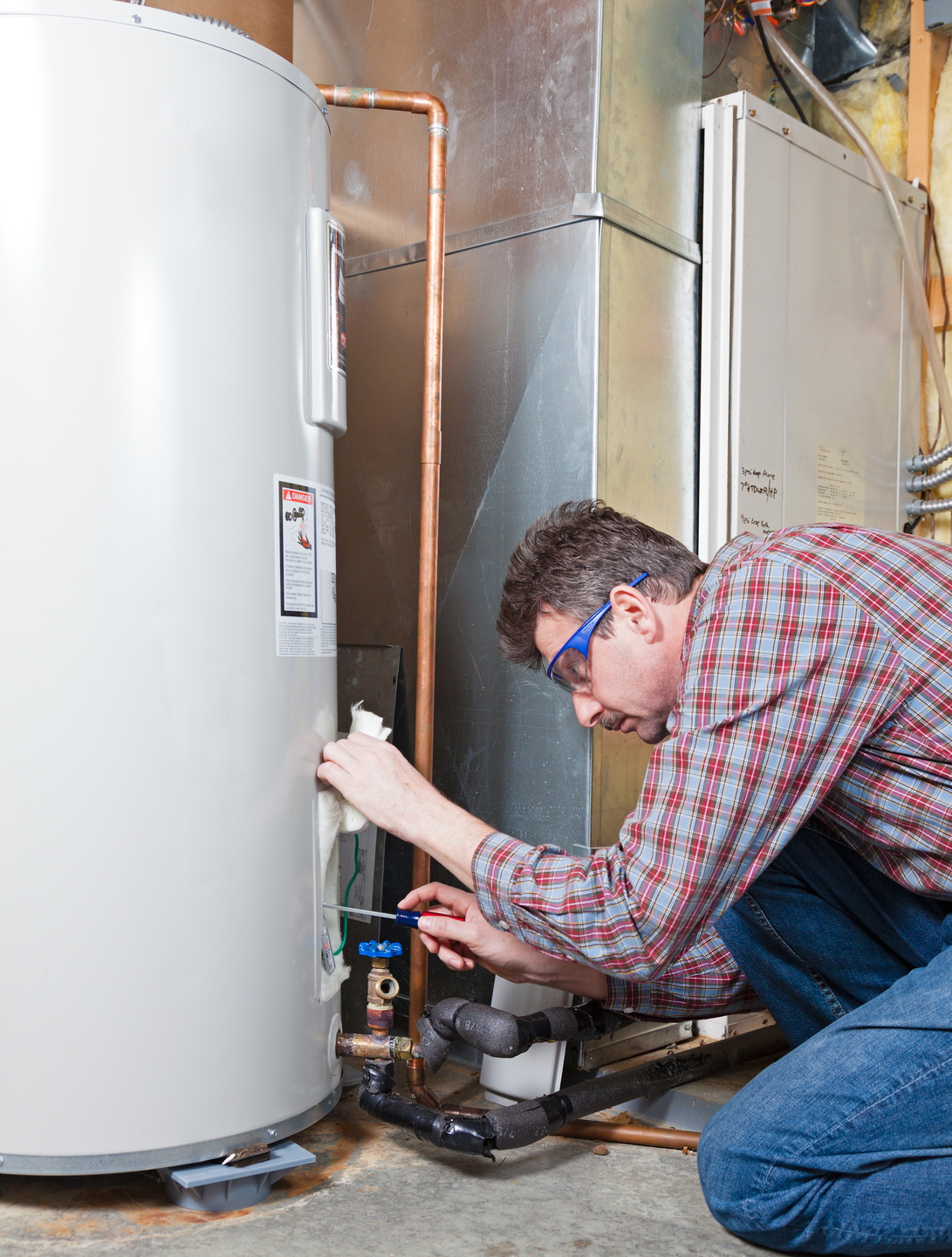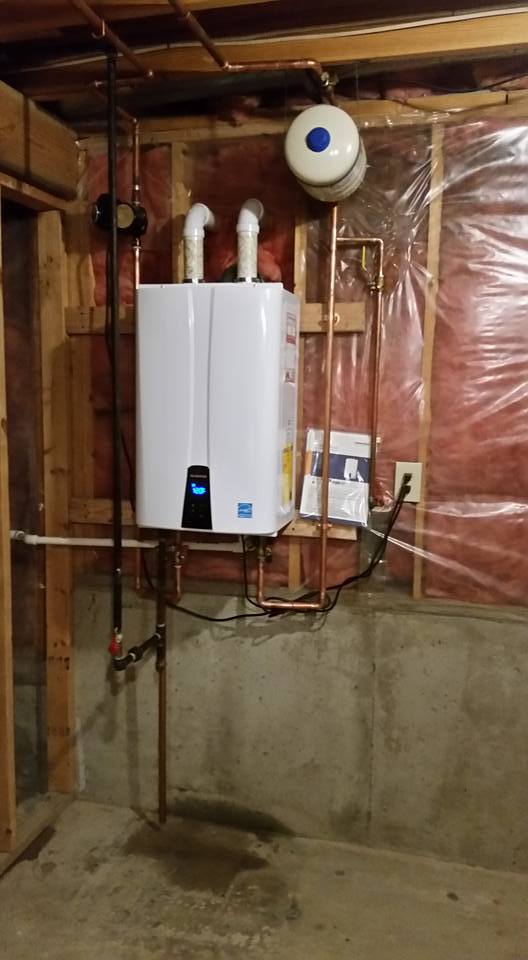Do It Yourself Hot Water Heater Installation: Vital Actions for Success
When thinking about a Do it yourself water heating unit installation, it is essential to approach the task with a methodical frame of mind, as the process includes a number of vital steps that can substantially affect both safety and security and effectiveness. Selecting the ideal water heater for your particular needs is simply the start; preparing the installation area and understanding the needed tools and materials are similarly vital.
Selecting the Right Hot Water Heater
When selecting a hot water heater, it is important to take into consideration a number of key factors to make certain ideal efficiency and efficiency - water heater installation Yorba Linda. Firstly, review the type of hot water heater that best matches your requirements. Choices include tankless, tank, and warmth pump hot water heater, each offering unique advantages in regards to power efficiency and space needs
Next, examine the capability needed for your home. A bigger household might require a device with a greater gallon capability or a tankless system that can offer continuous warm water. It's also important to take into consideration the power resource; usual options include electrical, gas, and gas. Each energy type has implications for setup prices and long-lasting power expenditures.
Power efficiency is another crucial factor. Look for units with a high Power Aspect (EF) ranking, as these models consume less power and can significantly decrease energy costs. Additionally, check for guarantees and brand integrity, as these can indicate the longevity and maintenance needs of the unit. By thoroughly evaluating these aspects, you can select a hot water heater that aligns with your house's details demands, making sure comfort and efficiency for years ahead.
Tools and Products Needed
Effectively mounting a water heating unit requires not only the best option of unit however also the suitable tools and products. Before beginning on your do it yourself job, ensure you have a thorough listing of products to promote a smooth setup procedure.
Vital devices consist of a pipeline wrench, flexible pliers, and a screwdriver set (both flathead and Phillips), which will certainly assist you handle various fittings and connections. In addition, a drill with proper bits is essential for mounting brackets or making any called for holes. For security, a voltage tester is crucial, particularly when dealing with electric hot water heater.
As for products, acquire Teflon tape to guarantee watertight links on threaded installations. You will certainly also need a flexible water supply line, which can be either braided stainless steel or PVC, relying on your preferences and neighborhood codes. Do not neglect to stock up on installations, such as arm joints and couplings, to attach the pipes safely. Last but not least, a frying pan or drip tray can assist manage any kind of potential leaks, offering an included layer of safety. By collecting these devices and products in advance, you set the stage for a successful water heater installation.
Planning For Installment
Before beginning the setup of your hot water heater, it is vital to assess the installment website to ensure it meets all necessary needs. Start by validating that the location is well-ventilated, especially for gas hot water heater, to avoid the buildup of hazardous gases. Look for the availability of essential links, consisting of water system lines and electric outlets, ensuring they remain in good condition and correctly located.

Furthermore, inspect the existing pipes and electrical systems to figure out if upgrades or repair work are needed before setup. This aggressive approach not just makes certain conformity with regional building regulations however additionally boosts the long life and performance of the hot water heater. Finally, gather all called for authorizations, if required, to prevent legal complications later on. Proper prep work sets the stage for a smooth installment procedure and aids avoid unanticipated concerns.
Step-by-Step Setup Refine
With the prep work complete and all required analyses performed, the next stage involves the step-by-step installment of your water heating unit. For tank-type water heating units, attach the cool water supply line to the inlet, generally marked in blue, and the warm water line to the electrical outlet, typically designated in red.
Next, protect the temperature level and stress alleviation valve, which is vital for security. Affix the discharge pipe to this valve, directing it in the direction of the floor or an ideal drainage area. For electric models, link the power supply by removing the cables and securing them to the heating system's terminals according to the producer's directions.
If you are installing a gas water heating system, make sure the gas line is linked correctly and look for leaks utilizing a soap service. Links are made, fill up the container with water before transforming on the power or gas supply. Permit the water heater to reach the preferred temperature level and check for any leakages around all connections.
Ensuring Security and Effectiveness
Regularly guaranteeing safety and security and effectiveness throughout the setup and operation of more info here your hot water heater is critical for optimum performance and durability. Begin by choosing a suitable area that abides by local building regulations and supplies appropriate air flow. Guarantee that the location is totally free from flammable products and has adequate room for upkeep and inspections.

After setup, conduct normal look at the unit to identify leaks, rust, or unusual noises. Set the thermostat to a safe temperature, usually around 120 ° F, to avoid hot and boost energy efficiency. Insulate pipes to lower warmth loss, which adds to reduce energy bills.
Conclusion
In final thought, effective DIY water heating unit setup pivots on cautious preparation and execution. Picking the suitable water heating system, look these up preparing the installation area, and complying with a methodical installation process are essential steps.
When thinking about a Do it yourself water heating unit installation, it is necessary to approach the task with a systematic frame of mind, as the procedure includes a number of critical steps that can significantly impact both safety and performance.Before starting the setup of your water heater, it is essential to evaluate the installment website to guarantee it satisfies all necessary requirements. For tank-type water heaters, connect the chilly water supply line to the inlet, commonly marked in blue, and the warm water line to the electrical outlet, usually marked in red.Routinely guaranteeing safety and efficiency during the setup and procedure of your water heater is critical for optimal efficiency and long life. Selecting the proper water heating unit, preparing the setup area, and adhering to a methodical installation procedure are vital actions.